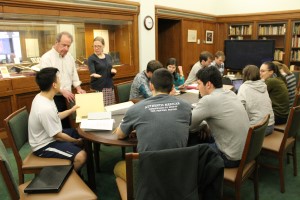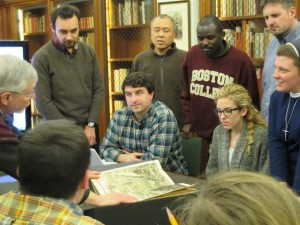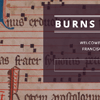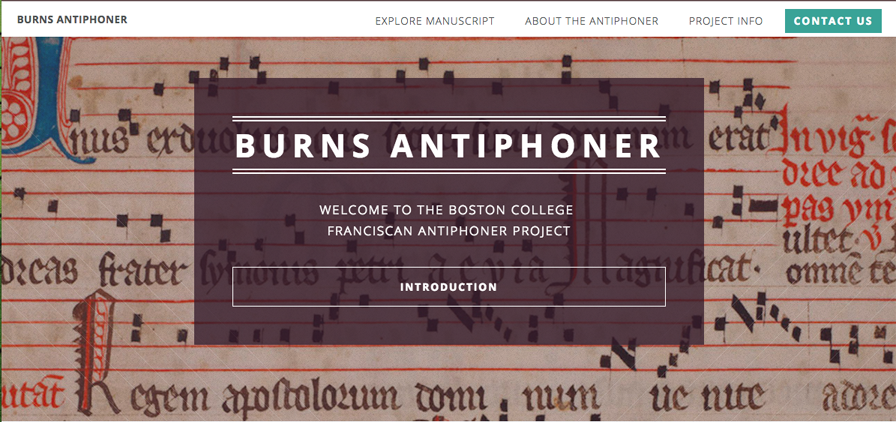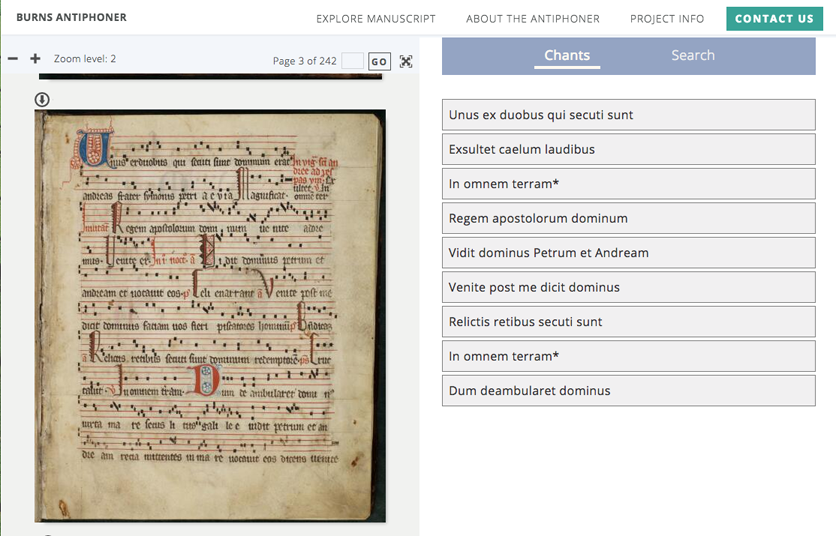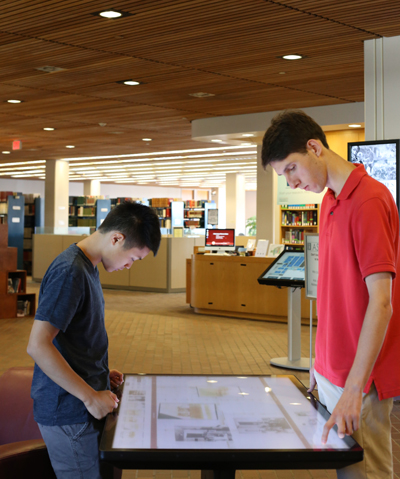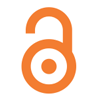The proliferation of predatory journals has undermined confidence in open access publishing; due diligence can help authors avoid their scams and choose high-quality open access journals.
This is a cautionary tale about predatory open access journals. We want to warn you about their unethical practices so that you can protect yourself, but also urge you not to forego the benefits that open access provides because of a few bad actors.
Many factors led to the rise of open access journals. The widespread use of the internet and ease of digital creation made entry into the online journal field inexpensive and easy. The constantly rising costs of traditional journals, shrinking competition by fewer and fewer mega-publishers, creation of inflexible “big deal” packages of journals, and the entrenched systems of journal ranking that factor into tenure decisions are a few of the important catalysts.
New business models and new institution-based academic publishers have emerged to relieve pressure on library budgets and to wrest control of knowledge dissemination from the hands of a few publishers. While most open access publications are funded by other means (institutional subsidies, for instance), many of the best known are funded by author fees or article publishing charges (APCs). When this model emerged, many observers of academic publishing were reminded of the old vanity publishers and assumed that these journals were not peer-reviewed or high-quality.
Journals such as BioMed Central and PLoS, both open access mega-journals, led the way in establishing the fact that a journal that charges APCs can nonetheless be high-quality and influential.
With a low barrier to entry (a web page and an email address), opportunists saw a chance to make easy money. They created fleets of open access journals with similar names, sometimes confusingly similar to prestigious journals. They engage in aggressive marketing campaigns for potential contributors and board members, targeting established academics and vulnerable early-career professionals and graduate students. They extoll the benefits of open access, but often, if you look beneath the hood, there is no quality content there.
Some outrageous practices of these predatory journals include:
- Listing no editorial board or naming board members without their consent or knowledge
- Naming one person as Editor of multiple journals on unrelated topics
- Claiming an “impact factor” when they do not have one, or have one from an impostor ISI (benefitting from confusion with the Institute for Scientific Information, the original creator of the impact factor)
- Claiming to be indexed by reputable indexes when they are not
- Advertising rigorous peer-review and a turn-around time that makes that claim implausible
- Failing to disclose article publishing fees until after acceptance of the article
One of the outraged observers of these practices, Jeffrey Beall, a scholarly communication librarian at the University of Colorado, Denver, has created a useful, often consulted but sometimes controversial list of “potential, possible, or probable predatory open access scholarly publishers”. His criteria for adding a publisher to the list are a litany of reprehensible practices. But Beall himself has been criticized for being too quick to label a publisher as predatory, particularly journals not published in western countries. Our objection is to Beall’s willingness to declare that, “While open access (OA) was initially promising, its weaknesses quickly began to appear.” Beall seems to ascribe the unethical practices of these publishers to the open access business model. We would argue that the weaknesses here are not inherent to open access but to those who want to make a quick buck. An excellent analysis of Beall’s list, and a discussion of its place along with “white lists” of ethical publishers such as the Directory of Open Access Journals (DOAJ) and the Open Access Scholarly Publisher’s Association (OASPA) is available in: Beyond Beall’s List: Better understanding predatory publishers by Monica Berger and Jill Cirasella. (2015, March) College & Research Libraries News, 76 (3), 132-135.
Recently the Federal Trade Commission (FTC) has filed a complaint in Federal court against OMICS group, a publisher of over 700 open access journals. Inside Higher Ed reports that “[T]he commission is responding to a growing number of calls from people in academe for some sort of action to be taken against publishers that take advantage of scholars wishing to publish in open-access journals.” Their attorney stated:
“We take no sides between the traditional subscription model and the open-access model…. We believe both of them can be done in a fair, open, clear and lawful way. What we have a problem with here is people who are trying to benefit from the open-access model to scam people.”
The deficiencies of predatory journals are easy to discern with a quick background check. Our guide to Assessing Journal Quality includes a page on Open Access Journals and a checklist of positive and negative quality indicators that you can use to guide your evaluations. Being associated with a low-quality journal as an author or board member can be detrimental to your career, so it pays to be careful. If you have questions about a journal and would like a second opinion, your subject librarian can help you investigate their reputation.
In addition, it is important to understand the license that a journal applies to your work in order to make it open access. Most journals use some form of Creative Commons license. These define what re-use may be made of your work without asking for permission. The least restrictive Attribution license (CC-BY) allows a user to use the work for any purpose as long as they give appropriate attribution. Some enterprising monograph publishers see this as free content to resell. Take a look at this monograph from Applied Research Press, for sale on Amazon for £237. If you “Look Inside” the book you will find an open access article freely available on BioMed Central. The license allows this, but it is disappointing to an author who expects her scholarship to be free. Be sure you understand the level of access that your chosen Creative Commons license conveys.
The benefits of open access; greater visibility, wider dissemination, higher citation counts, broader readership among non-specialists, and faster, more equitable dissemination of knowledge are too good to miss. They support the scholarly enterprise and the social justice mission of the University. It is important not to throw away those benefits because of the greed of a few bad actors. With a little due diligence you can avoid this trap and get the maximum exposure for your work.
Open October is coming! Watch the Library pages for more about Open Access at the BC Libraries.
